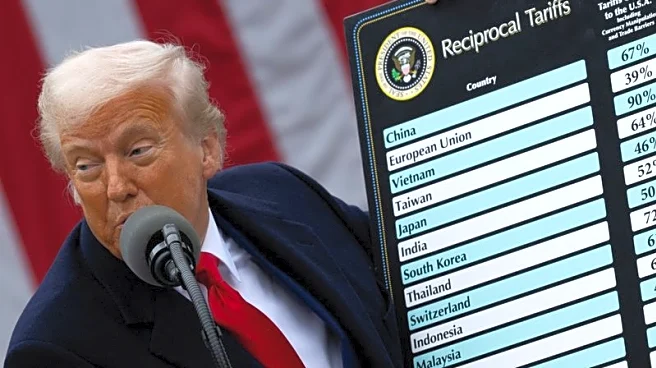What's Happening?
Lee & Associates released its 2025 Q3 North America Market Report, revealing significant trends in the U.S. commercial real estate sector. The report highlights increased vacancy rates in larger buildings,
with those over 100,000 square feet experiencing a rise of 380 basis points since 2022. Smaller buildings, under 50,000 square feet, remain in high demand with vacancies typically below 5 percent. The report also notes a stalling job market, particularly in knowledge industries, contributing to the office sector's slow recovery. Despite a surge in net absorption of 12 million square feet in the third quarter, year-to-date growth remains negative, marking the lowest total since the COVID lockdown. The overall vacancy rate has slightly decreased to 14.1 percent.
Why It's Important?
The findings from Lee & Associates underscore ongoing challenges in the U.S. commercial real estate market, particularly for larger office spaces. High vacancy rates in these buildings could impact property values and rental income, affecting investors and landlords. The slow recovery in the office sector, coupled with a stalling job market, may hinder economic growth and employment opportunities in related industries. Additionally, the report highlights the influence of tariffs and AI on market dynamics, suggesting potential shifts in tenant demand and property development strategies.
What's Next?
The report suggests that ongoing trade uncertainties and tariff concerns could further impact tenant growth and vacancy rates. As property owners offer concessions like free rent to attract tenants, the market may see adjustments in rental rates and lease terms. The U.S. Supreme Court's upcoming decision on President Trump's trade policy appeal could also influence future market conditions. Stakeholders in the real estate sector will need to monitor these developments closely to adapt their strategies accordingly.
Beyond the Headlines
The report hints at deeper implications for the real estate market, including the potential for increased reliance on AI and technology in property management and tenant services. As the industry navigates economic and legal uncertainties, there may be a shift towards more innovative solutions to address vacancy challenges and enhance property value.












